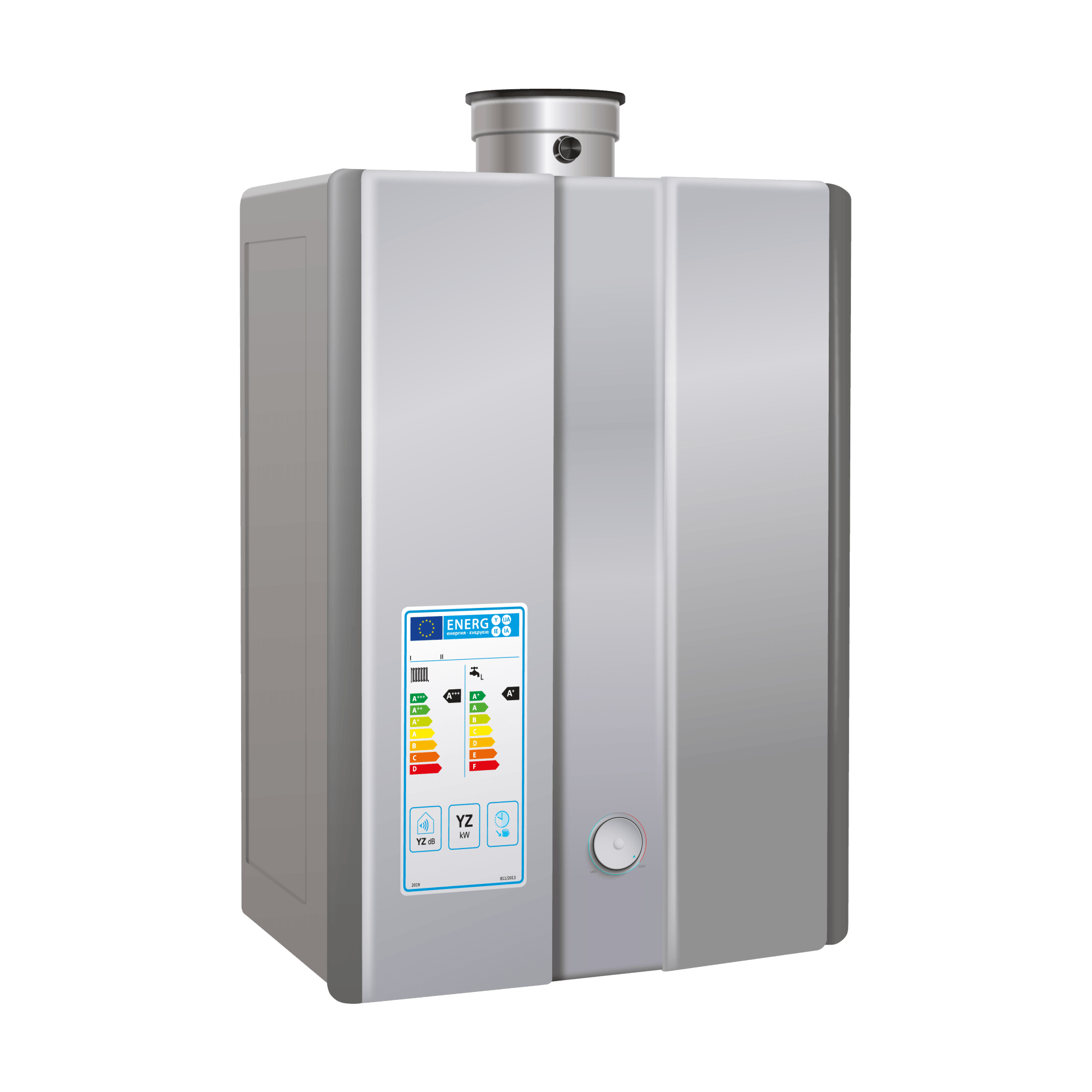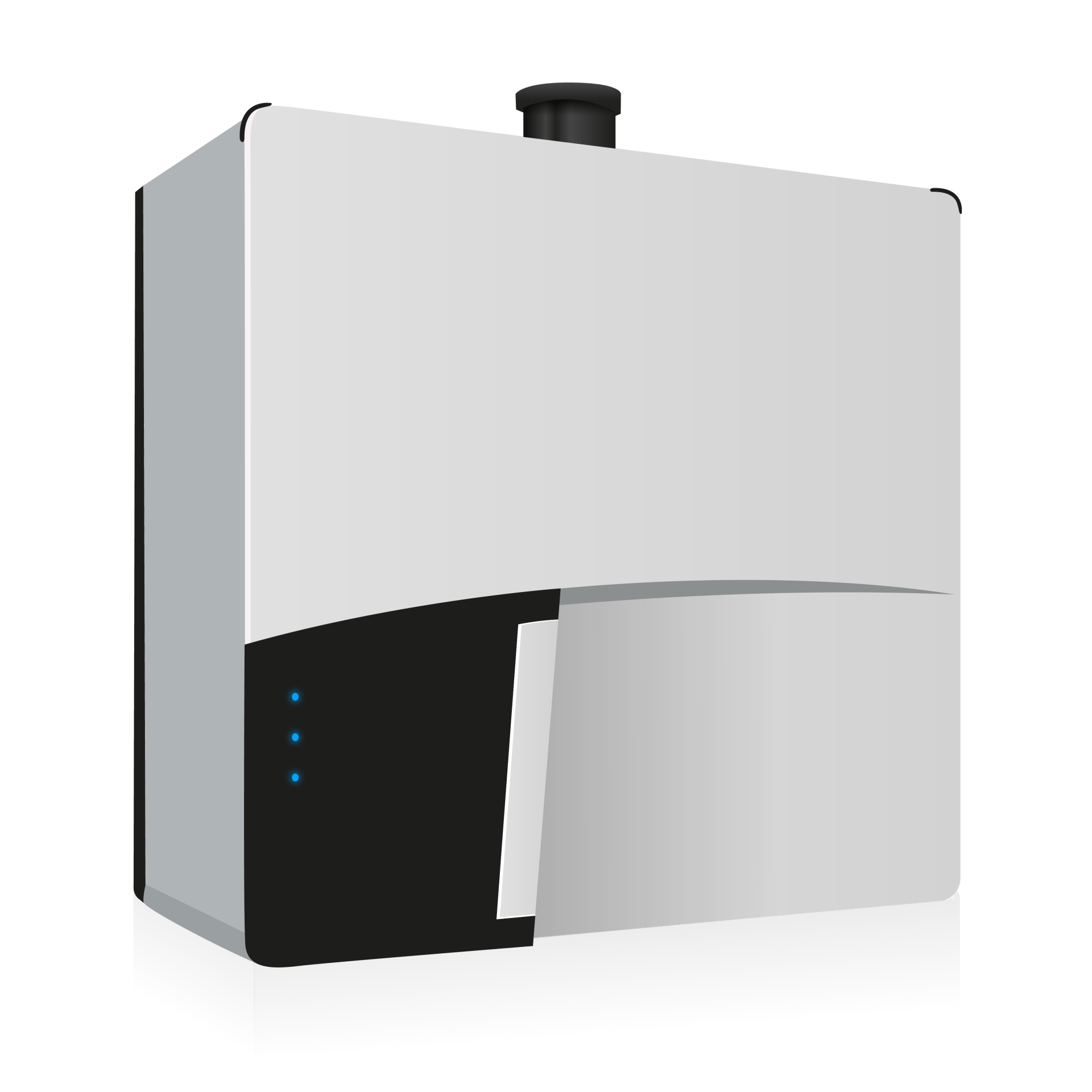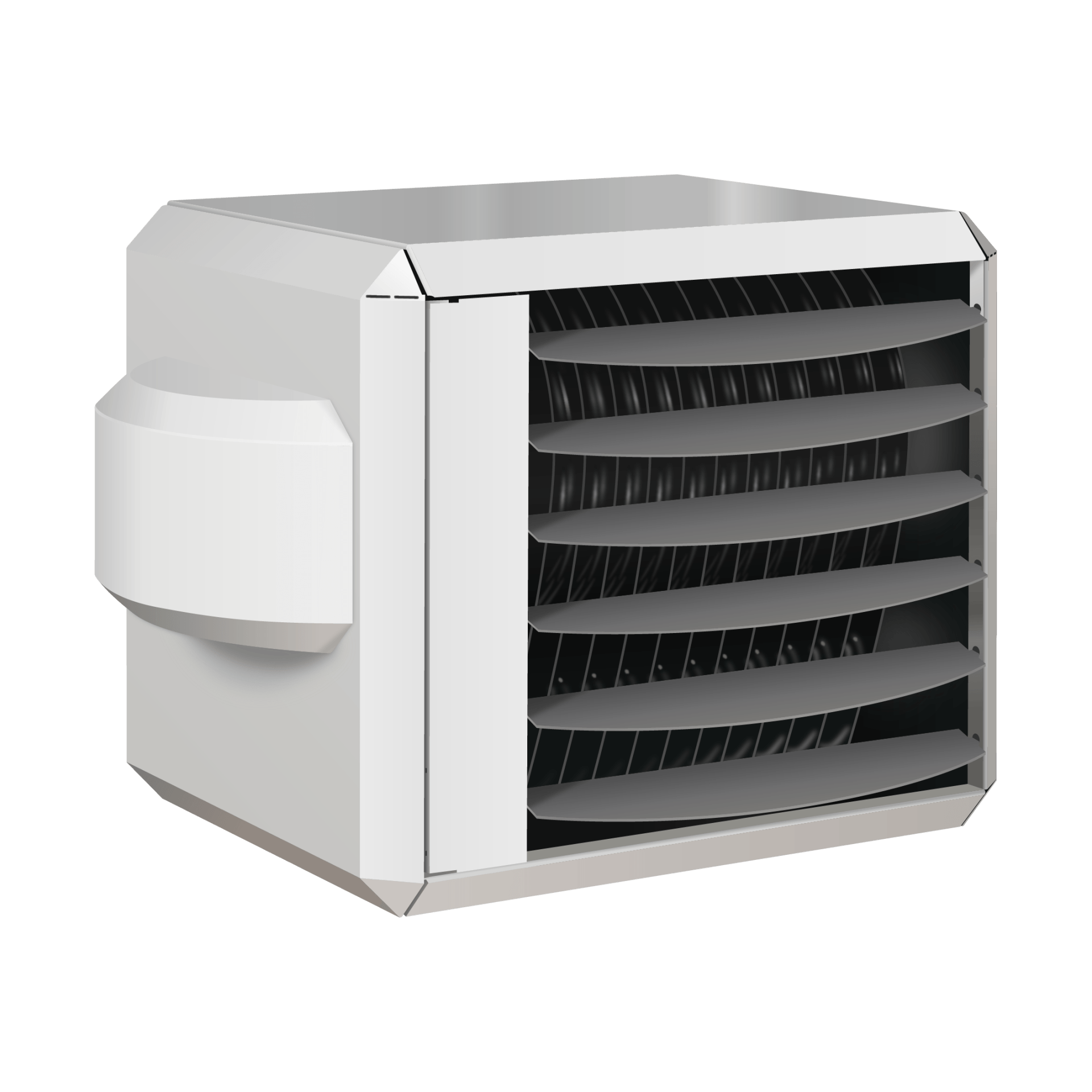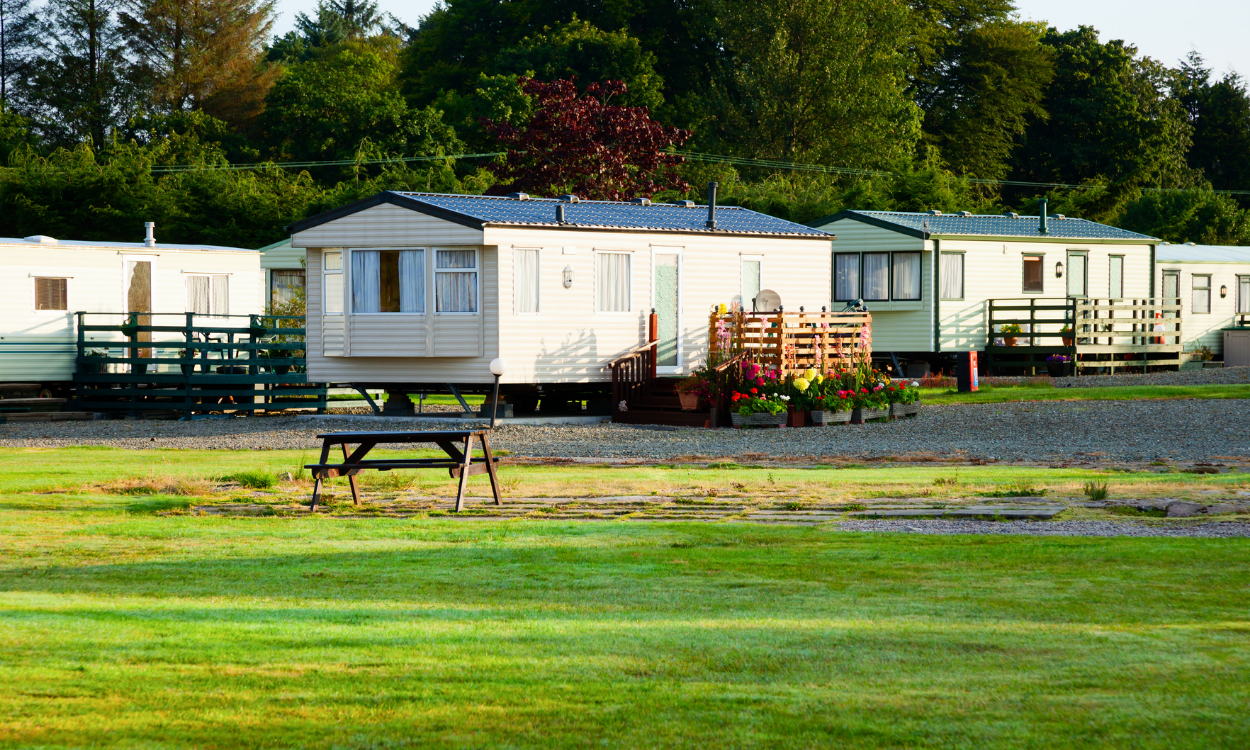How Much Does It Cost to Heat a Warehouse in the UK? (2025 Guide)
For any business operating a large industrial space, the annual heating bill is one of the most significant and unpredictable overheads. As the first chill of autumn arrives, the question "How much will it cost to heat our warehouse this year?" moves to the top of the agenda for financial and facilities managers across the UK.
While there's no single magic number, you are not powerless against rising energy costs. By understanding the key factors that contribute to your heating bill, you can make strategic decisions to control and significantly reduce your expenditure. This guide will break down the costs and show you how to build a more efficient and affordable heating solution for your business.
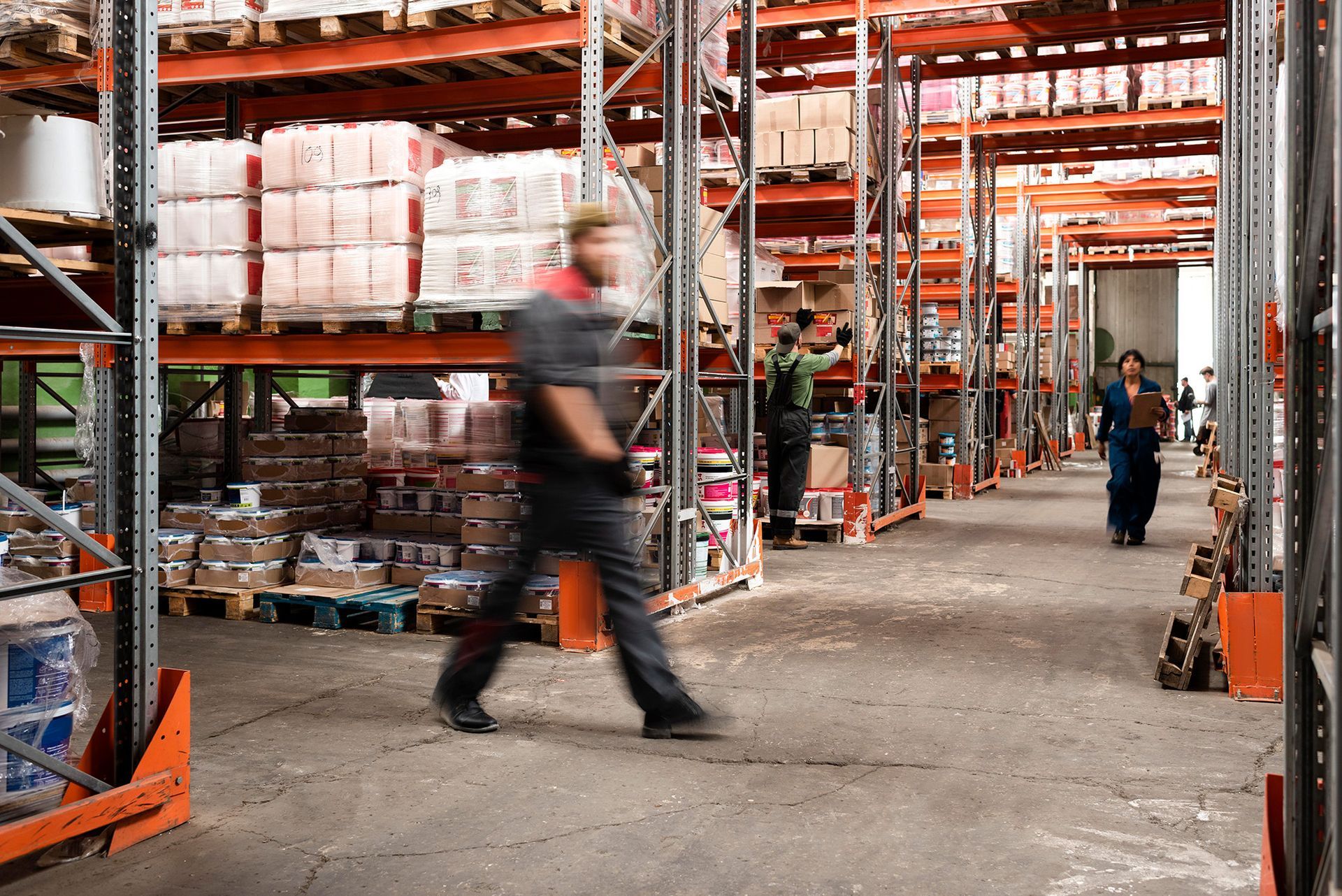
The Biggest Cost Factor: Your Fuel Type
The price you pay for energy is the foundation of your total heating cost. In the UK, there are three primary fuel options for warehouse heating, each with vastly different running costs.
Natural Gas
For businesses on the gas grid, this is the undisputed champion of cost-effective heating. It's piped directly to your premises and is consistently the cheapest fuel per unit of energy (kilowatt-hour, kWh).
- Average Cost: Historically around 6-8p per kWh, though subject to market volatility.
LPG (Liquefied Petroleum Gas)
For sites without a mains gas connection, LPG is a common alternative. It provides the same heating power but requires a large storage tank on-site and is more expensive than natural gas.
- Average Cost: Often 1.5x to 2x the price of natural gas per kWh.
Electricity
Electric heating offers simpler installation but is by far the most expensive to run for a large space. As a primary heat source, it is often prohibitively expensive.
- Average Cost: Typically 3-4 times the price of natural gas per kWh. For the latest official rates, you can refer to government sources or energy regulators like Ofgem.
Conclusion: For the vast majority of warehouses, a natural gas heating system will provide the lowest possible running costs.
5 Key Factors That Determine Your Final Bill
Beyond fuel choice, several physical factors dramatically influence how much energy your warehouse consumes.
- Heater Efficiency: An older, un-serviced heater might only be 70% efficient, meaning 30p of every £1 you spend is wasted. Modern, high-efficiency condensing heaters, like the Winterwarm heaters we supply, can be over 90% efficient, drastically cutting fuel consumption.
- Building Size (Cubic Volume): It's not just the floor area, but the height that matters. A 10,000 sq ft warehouse with a 6-metre ceiling has a much larger volume of air to heat than one with a 4-metre ceiling.
- Insulation Levels: Poor insulation in the roof and walls is the number one enemy of an efficient heating system. Heat escapes rapidly, forcing your system to run constantly.
- Loading Bay Doors: Large, frequently opening roller shutter doors create massive heat loss every time a vehicle enters or exits.
- Thermostat Settings: A study by the Carbon Trust found that turning a thermostat down by just 1°C can cut heating bills by up to 8%.
A Worked Example: Estimating Your Annual Cost
Let's create a hypothetical scenario to illustrate how these factors come together.
- Warehouse Size: 1,000 m² (approx. 10,750 sq ft) with an average ceiling height of 6 metres.
- Location: Manchester, UK.
- Insulation: Moderately insulated.
- Desired Temperature: 16°C.
A professional heat loss calculation might determine this building requires approximately 100kW of heating power to combat the winter cold.
- Estimated Annual Running Hours: Let's assume the heating is needed for 6 months (approx. 180 days) and runs for an average of 6 hours per day. That's 1,080 hours.
- Total Energy Needed: 100kW x 1,080 hours = 108,000 kWh.
- Estimated Annual Cost (Natural Gas @ 7p/kWh): 108,000 kWh x £0.07 = £7,560 per year.
Disclaimer: This is a simplified estimate. Factors like door openings and precise insulation levels can alter this figure significantly.
How to Actively Reduce Your Warehouse Heating Costs
The good news is that this cost is not fixed. The most effective way to reduce it is by improving efficiency. While upgrading your heaters is a key step, the single biggest ROI can come from tackling heat stratification. For a full overview of all solutions, see our Ultimate Guide to Warehouse Heating.
Conclusion: Control Your Costs with an Expert Survey
Understanding the potential cost of heating your warehouse is the first step. The second, and most important, is getting an expert assessment. A professional site survey will identify your specific areas of heat loss and inefficiency, providing a clear roadmap to a warmer, more cost-effective workspace.
Contact Factory Heaters today to schedule a free, no-obligation site survey. Our experts will provide a detailed heat loss calculation and a tailored quote for the most efficient heating solution for your business.
